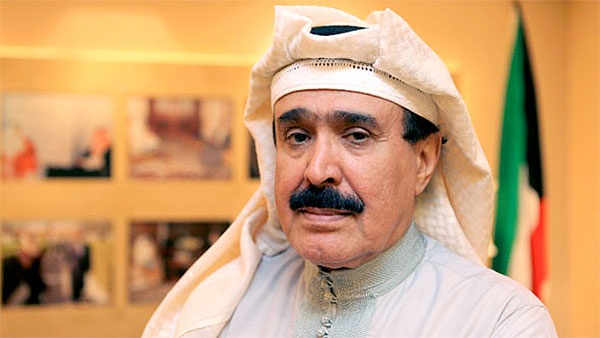01/04/2019
01/04/2019

THE visit of Pope Francis to Morocco has many connotations on the historic relations between Muslims and Christians, in addition to the significance of the visit happening in the seventh month of the Islamic lunar calendar (Rajab) which affirms the Islamic-Christianity brotherhood since the dawn of the Islamic message.
During this month, Prophet Muhammad (PBUH) sent a group of Muslims from Makkah to seek refuge in the King of the Kingdom of Abyssinia (currently in Ethiopia) commonly referred to as Negus ‘Al-Najashi’.
Al-Najashi was courteous to Muslims, such that they engaged with him about the status of the Virgin Mary ‘Mariam’ (PBUH) in the Holy Quran. Later, he accommodated them and refused to surrender them to the Qureishi delegation which came to demand for their capture and repatriation.
In this regard, King of Morocco Muhammad VI addressed the Pope saying: “I also wanted this visit to coincide with the holy month of Rajab – a month that witnessed one of the most iconic episodes in the history of Islam and Christianity.”
It was in this month that at the behest of Prophet Muhammad – may Peace and Blessings be Upon Him – the Muslims, fleeing persecution, left Makkah in order to take refuge in Negus, the Christian King of Abyssinia.
This was the first welcome, during which Islam and Christianity made acquaintance with each other.
The Moroccan King built on this historic connotation a very important issue, which is to eliminate the misconception, caused by extremist groups and skewed culture of relations between Muslims and members of other Abrahamic religions.
Hence, Muhammad VI had a lead in his interpretation of him being the ‘commander of the faithful.’ He said: “As King of Morocco and Commander of the Faithful, I am the Guarantor of the free practice of religion. I am Commander of all believers. And, as Commander of the Faithful, I cannot speak of the Land of Islam, as if only Muslims lived there. I am keen to ensure freedom to practice the religions of the Book and I am the guarantor of that freedom. I protect Moroccan Jews and Christians from other countries who are living in Morocco.”
With this, the Moroccan monarch is calling to mind the event in which Second Caliphate Oman bin Khattab (may Allah be pleased with him) declined the invitation to pray in the Church of the Holy Sepulcher due to the Jerusalem conquest (637 AD). He told the Patriarch, “… so that Muslims after me would have taken it (as a mosque) and they would have said: ‘Umar prayed here…’”
In this speech, the Moroccan King explained the Islamic message based on tolerance and shunned the misinterpretation adopted by groups such as ‘al-Qaeda’ and ‘ISIL.’ All the extremist groups are hiding under the cover of Islam in order to implement their vile schemes.
Pope Francis’ response was not less eloquent in affirming the Christianity-Islamic brotherhood built on humanitarian ideals preached by the Messiah (PBUH) based on his words: “Since you have in obedience to the truth purified your souls for sincere love of the brethren, fervently love one another from a pure heart.”
The Pope based his speech on these words saying, “That is why freedom of conscience and religious freedom which is not limited to freedom of worship alone and allows everyone to live in accordance with their religious convictions are linked to human dignity.
“In this regard, there is constant need to go beyond mere tolerance – to respect and esteem for others.
“This entails encountering and accepting others in their distinctive religious beliefs and enriching one another through our diversity, in a relationship marked by good will and by the pursuit of ways we can work together.”
On this basis, it is safe to have overall reconsideration of the principles of inter-religious dialogue by returning to pure springs and exiting from tunnels of misconception of the other which led to many tribulations throughout history which resulted in chaos today – known as ‘Islamophobia.’
King Muhammad VI’s ingenuity explained the image of Islam in accordance with historic connotations expressing the reality of the moderate noble religion.
By Ahmed Al-Jarallah
Editor-in-Chief, the Arab Times


